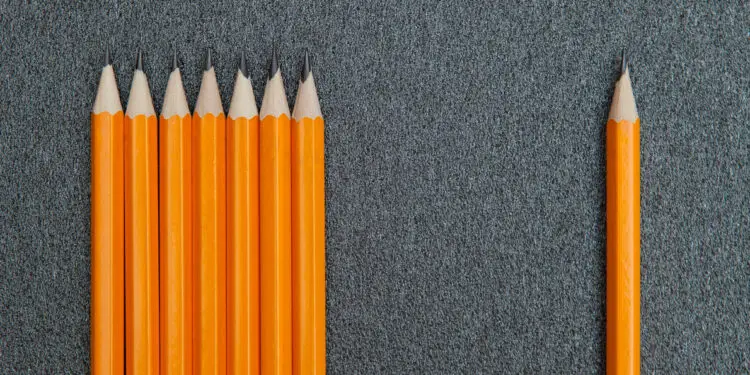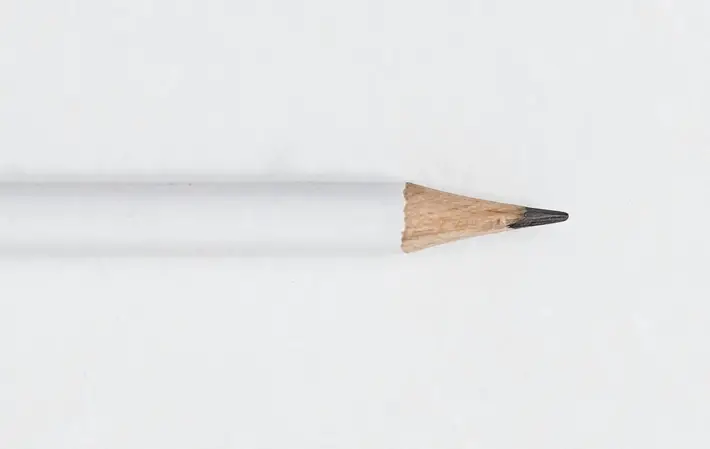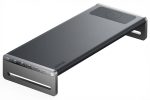3 Things You Didn’t Know About Pencils

Pencils: they’re the thing you first learn to write with, and thousands of us use one at some point practically every day. Whether it’s to scrawl down a shopping list, take notes on a course, doodle on a notepad, or even rough out the important next steps of your business plan, these simple little writing implements have been with us in one form or another since Ancient Egyptian times. But, did you know these interesting facts about the humble little scribbler?
How to hold a pencil
You’d think this was straightforward, wouldn’t you? We give young children a pencil early on in their lives, for them to master its grip and begin their foray into mark-making. But, since we are a little too prone to hand out iPads in favour of a pencil as this site explains, not all of us know how to hold one correctly nowadays.
The grip we know of as the ‘correct’ way to hold a pencil is called the Tripod grip, so-called because of the three things we need to do it: the thumb, pointer finger and middle finger, forming a tripod-like shape. The pencil shouldn’t need to be gripped tightly, it should sit loosely on the middle finger, gently gripped by the thumb and pointer finger.
What are pencils made of?
How many times have you heard the phrase ‘lead pencil’? But did you know, there’s not – and never has been – a scrap of lead in them. The middle part which creates the mark on the paper is made from graphite, which is actually a form of carbon. Originally, blocks of graphite were inserted into sticks of wood. Now, cedarwood is the casing of choice on this popular writing implement. There’s a certain nostalgia to writing with a pencil, perhaps thanks to their long history. Writing things down with a pencil can feel like a real antidote to today’s technology-filled world. And, because they’re so practical and used by everybody, custom pencils make great promotional gifts. They’re also more environmentally friendly than traditional plastic pens, so everyone’s a winner!
Why is graphite used in pencils?
Graphite is non-toxic – unlike lead. But that is not the only reason for its widespread use in pencils. The story began almost 500 years ago, in the Lake District when a walker noticed something black and shiny. As well as providing a bit of a talking point, locals went on to discover that the mysterious substance left a mark when rubbed against materials. It was also was soft and stiff – perfect for forming into sticks, which could then have string wrapped around them and be used as a writing tool. Many years later, the process was refined by a chemist who worked out that by mixing powdered graphite with clay and water, you could alter its consistency. This meant you could also change the shade of grey created on the paper, as well as also being a cheaper way to produce the pencil’s core. Amazingly, it is this combination of ingredients which is still in use today!
So, next time you note something down with a pencil – whether it’s one belonging to your kids, an old half-chewed one or a promotional pencil you were given as a gift, remind yourself of the fascinating history behind the modest little writing tool!










